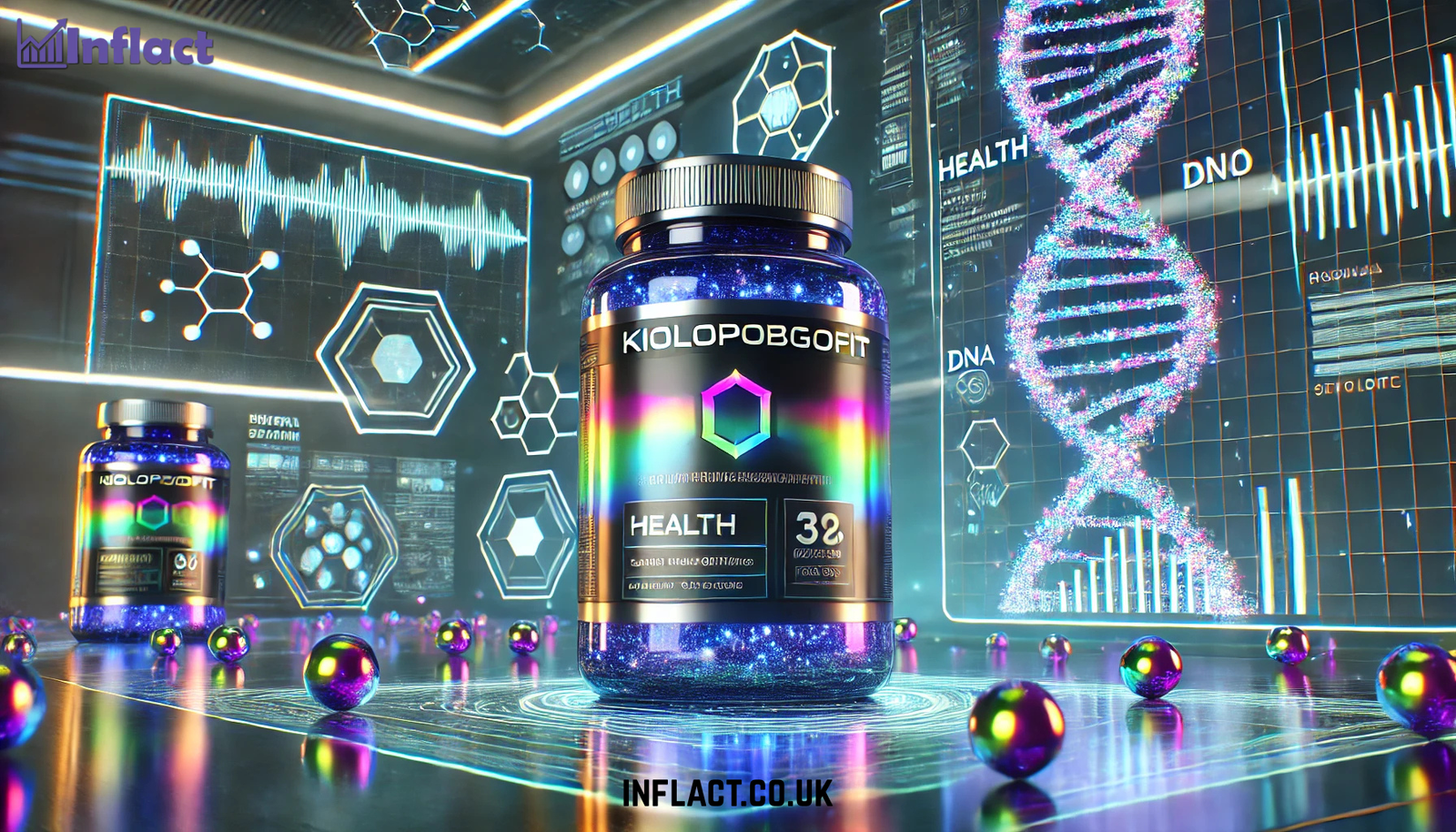Burn injuries damage the skin and underlying tissues, ranging from mild (first-degree) to severe (third-degree or worse). These injuries often lead to lasting physical and emotional challenges, making long-term care essential.
If negligence played a role, consulting a burn injury lawyer from Rawlins Law, APC, can help ensure access to proper care and resources.
Physical Long-Term Effects of Burn Injuries
- Scarring and Contractures: Burns often cause thick, tight scar tissue that can limit how the skin stretches. This scarring may pull on nearby skin and muscles, creating contractures that restrict movement, especially around joints like elbows and knees.
- Chronic Pain and Sensitivity: Nerve damage from burns can lead to ongoing pain or unusual sensations. Some people feel sharp or burning pain long after the skin has healed, making daily activities uncomfortable.
- Reduced Mobility: When scars form near muscles and joints, they can reduce flexibility and strength. This limitation affects a person’s ability to move freely and perform everyday tasks.
- Increased Infection Risk: Burned skin loses its protective barrier. This makes it easier for bacteria to enter and cause infections. Additionally, the immune system may be weaker during recovery, raising the chance of complications.
Psychological and Emotional Long-Term Effects
Burn injuries don’t just affect the body—they can deeply impact the mind. Many survivors experience Post-Traumatic Stress Disorder (PTSD) after their injury or treatment. Studies show that up to 30% of burn survivors develop PTSD, facing flashbacks and anxiety related to their trauma.
Depression and anxiety are also common. Struggling with changes in appearance and painful memories can make social interactions feel overwhelming. Body image issues add another layer of difficulty. Visible scars and disfigurement often lead to low self-esteem, making it hard for people to feel comfortable in their own skin.
Addressing these emotional effects is just as important as treating physical wounds.
Medical and Rehabilitative Recovery Tips section
- Physical Therapy: Regular exercises help improve joint mobility and reduce stiffness caused by scar tissue.
- Skin Grafts and Reconstructive Surgery: These procedures are often needed for severe burns to restore function and appearance.
- Pain Management: Using medications, nerve blocks, or alternative therapies can help control chronic pain during recovery.
Self-Care and Lifestyle Adjustments for Recovery
Proper wound care is crucial in burn recovery. Keeping wounds clean and regularly moisturizing helps prevent infections and supports faster healing. Using gentle, fragrance-free creams can soothe sensitive skin.
Sun protection is also important. Burned skin is more vulnerable to sun damage, so wearing sunscreen and protective clothing helps avoid further harm.
Nutrition plays a big role, too. Eating a balanced diet rich in vitamins and protein and staying well-hydrated supports tissue repair. Small changes in daily habits can significantly affect long-term recovery and overall skin health.
Building Emotional Resilience After a Burn Injury
Counseling and support groups are vital in mental health care for burn survivors. They provide a safe space to share experiences and find encouragement. Gradually rejoining social activities helps rebuild confidence and reduces feelings of isolation, making emotional recovery a steady, manageable process.




